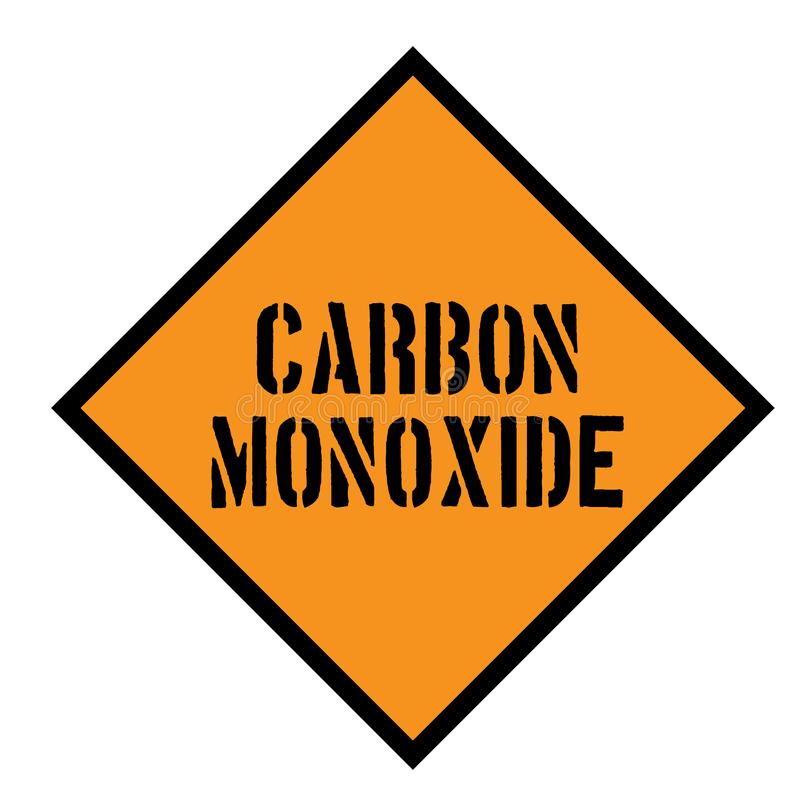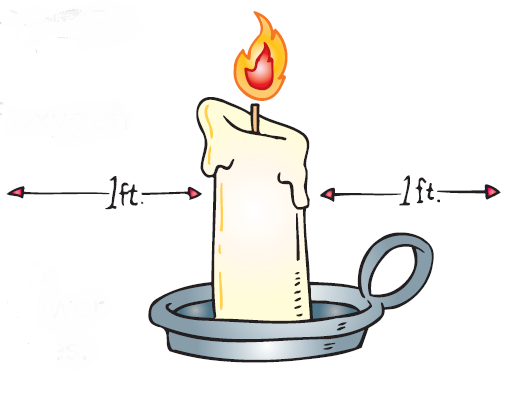Burn Ban Information
2025 Burn Ban Announcement
March 13, 2025 at 1:18:14 PM EDT

STATEWIDE BURN BAN IN EFFECT: MARCH 16 – MAY 14

The New York State annual burn ban goes into effect on March 16th and remains in place until May 14th. This ban is critical in preventing wildfires, as low humidity, dry brush, and strong winds make it easier for fires to ignite and spread uncontrollably.

Current Fire Danger Rating: HIGH

A “High” rating means there is a strong likelihood that fires will start easily and spread rapidly, especially in wooded and grassy areas. Wildfires don’t just threaten forests—they can quickly spread to homes, businesses, and critical infrastructure.
Why Is This Ban Important?
• Open burning is the single largest cause of wildfires in New York State.
• Between 2000 and 2020, over 43% of wildfires in the state were directly linked to debris burning.
• Since the burn ban was implemented in 2009, spring wildfires have been significantly reduced, preventing property damage and loss of life.

Wildfire Risk in Numbers:
• In 2023 alone, nearly 200 wildfires were reported in New York, many caused by unauthorized burning.
• A small fire can spread at a rate of 14 miles per hour in dry grass and brush, leaving little time for response.
• In Rensselaer County, first responders battle multiple brush fires each spring—many of which could have been avoided.
What Is Prohibited?

NO open burning of debris, brush, leaves, or grass

NO campfires or controlled burns without authorization

NO burning of household waste or other materials
How You Can Help
• DO NOT BURN. Even a small fire can quickly spread out of control.
• Report illegal burns to local fire departments or law enforcement.
• Stay informed on fire danger ratings and local conditions.
• Follow all local ordinances—some towns have stricter burning regulations beyond the statewide ban.

Protect Our Homes, Forests, and Firefighters

The burn ban has saved thousands of acres from destruction over the years. By following the law, you’re helping protect our community and first responders who put their lives on the line to fight wildfires.
For more details on the burn ban and wildfire prevention visit the NYS DEC’s website: https://dec.ny.gov/environmental-protection/air-quality/open-burning
Stay safe, Rensselaer County!


Rensselaer County Public Safety
https://www.rensco.com/276/Public-Safety
Ready.gov Pet safety info
Generator Safety Video:
https://www.youtube.com/watch?v=n7GIOzABRHA
FEMA’s Water Safety Info
Food Safety
https://www.foodsafety.gov/keep-food-safe/food-safety-in-disaster-or-emergency
Red Cross Shelter Map
https://www.redcross.org/get-help/disaster-relief-and-recovery-services/find-an-open-shelter.html
Annual burn ban in effect from March 16 through May 14
Open Burning in New York
Help Prevent Pollution and Wildfires
Open burning of household trash releases dangerous compounds including arsenic, carbon monoxide, benzene, styrene, formaldehyde, lead, hydrogen cyanide and dioxin, among others. Open burning is also the single greatest cause of wildfires in New York.
Report all poachers and polluters by calling the DEC hotline at 1-844-DEC-ECOs (1-844-332-3267).
Open Burning Prohibitions
Open burning is prohibited in New York, with several exceptions:
- Campfires less than 3 feet in height and 4 feet in length, width or diameter are allowed.
- Small cooking fires are allowed.
- Fires cannot be left unattended and must be fully extinguished.
- Only charcoal or clean, untreated or unpainted wood can be burned.
- Ceremonial or celebratory bonfires are allowed.
In towns with a total population of less than 20,000, you may burn tree limbs with attached leaves. The limbs must be less than 6 inches in diameter and 8 feet in length (also referred to as brush). However, this is not allowed from March 16 through May 14 due to the increased risk of wildfires.
Covid-19 Information

Rensselaer County COVID-19Hotline 518-270-0450(Monday-Friday, 9-5)
Rensselaer County Test Result Information 518-270-2659 (Monday-Friday, 9-4)

CARBON MONOXIDE SAFETY TIPS https://www.safekids.org/tip/carbon-monoxide-safety-tips
How to Install Carbon Monoxide Alarms
- Make sure you have a working carbon monoxide (CO) alarm installed on every level of your home, especially around sleeping areas.
- Test alarms every month and replace them according to the manufacturer’s instructions.
- It is important to have both CO alarms and smoke detectors in your home. Combination CO and smoke alarms are available, but if you have separate ones, make sure you know the sound of each alarm.
How to Prevent Carbon Monoxide Leaks in Your Home
- If you need to warm a vehicle, remove it from the garage immediately after starting it. Do not leave the engine running even if the garage door is open.
- Generators and grills should be used outside the home, away from windows and doors.
- Avoid using your oven or stovetop to heat your home.
- Check the vents for the dryer, furnace, stove and fireplace outside your home to make sure they are clear of snow and other debris.
What to Do in a Carbon Monoxide Poisoning Emergency
- If the CO alarm sounds, quickly leave your home. Move to a safe location outside where you can breathe in fresh air.
- Call 911 or the fire department after you are in a safe location outside of your home.
- Stay outside until emergency personnel arrive to help and tell you that it is safe to re-enter your home.
Tips for Fire Safety:
https://www.redcross.org/get-help/how-to-prepare-for-emergencies/types-of-emergencies/fire.html
Prevent Your Child from Starting Fires
The U.S. Fire Administration estimates that 300 people are killed and $280 million in property is destroyed each year as the result of children playing with fire.
- Keep matches, lighters and other ignitable substances in a secured location out of your child’s reach. Only use lighters with child-resistant features.
- Invest in flameless candles. These candles contain a light bulb rather than an open flame and take the danger out of your child knocking over a candle.
Help Your Child Survive a Fire
- Install smoke alarms on every level of your home, inside bedrooms and outside sleeping areas. Purchase smoke alarms here.
- Once a month check whether each alarm in the home is working properly by pushing the test button.
- Replace batteries in smoke alarms at least once a year. Immediately install a new battery if an alarm chirps, warning the battery is low.
- Teach your children what smoke alarms sound like and what to do when they hear one.
- Ensure that all household members know two ways to escape from every room of your home, and where to meet up outside..
- Practice your fire escape plan at least twice a year and at different times of the day. Practice waking up to smoke alarms, low crawling and meeting outside. Make sure everyone knows how to call 9-1-1.
- Emphasize “get out, stay out.” Only professional firefighters should enter a building that is on fire—even if other family members, pets or prized possessions are inside.
- Use quick-release devices on barred windows and doors. Security bars without release devices can trap you in a deadly fire. If you have security bars on your windows, be sure one window in each sleeping room has a release device.
- Consider getting escape ladders for sleeping areas on the second or third floor. Learn how to use them, and store them near the windows.
- Teach household members to STOP, DROP and ROLL if their clothes should catch on fire.
Heating Safety
https://www.nfpa.org/-/media/Files/Public-Education/Resources/Safety-tip-sheets/Heating_Safety.ashx
Be warm and safe this winter!
• Keep anything that can burn at least three feet (one meter) away from heating equipment, like the furnace, fireplace, wood stove, or portable space heater.
• Have a three-foot (one meter) “kid-free zone” around open fires and space heaters.
• Never use your oven to heat your home.
• Have a qualified professional install stationary space heating equipment, water heaters or central heating equipment according to the local codes and manufacturer’s instructions.
• Have heating equipment and chimneys cleaned and inspected every year by a qualified professional.
• Remember to turn portable heaters off when leaving the room or going to bed.
• Always use the right kind of fuel, specified by the manufacturer, for fuel-burning space heaters.
• Make sure the fireplace has a sturdy screen to stop sparks from flying into the room. Ashes should be cool before putting them in a metal container. Keep the container a safe distance away from your home.
• Test smoke alarms at least once a month.
Fire Extinguisher Safety
http://www.dhses.ny.gov/ofpc/publications/documents/brochures/FireXT.pdf
Smoke Detectors
Smoke alarms are a key part of a home fire escape plan. When there is a fire, smoke spreads fast. Working smoke alarms give you early warning so you can get outside quickly.
- A closed door may slow the spread of smoke, heat and fire. Install smoke alarms in every sleeping room and outside each separate sleeping area. Install alarms on every level of the home. Install alarms in the basement. Smoke alarms should be interconnected. When one sounds, they all sound.
- Large homes may need extra smoke alarms.
- It is best to use interconnected smoke alarms. When one smoke alarm sounds they all sound.
- Test all smoke alarms at least once a month. Press the test button to be sure the alarm is working.
- Today’s smoke alarms will be more technologically advanced to respond to a multitude of fire conditions, yet mitigate false alarms.
- A smoke alarm should be on the ceiling or high on a wall. Keep smoke alarms away from the kitchen to reduce false alarms. They should be at least 10 feet (3 meters) from the stove.
- People who are hard-of-hearing or deaf can use special alarms. These alarms have strobe lights and bed shakers.
- Replace all smoke alarms when they are 10 years old.
- Smoke alarms are an important part of a home fire escape plan.
Candle Safety
